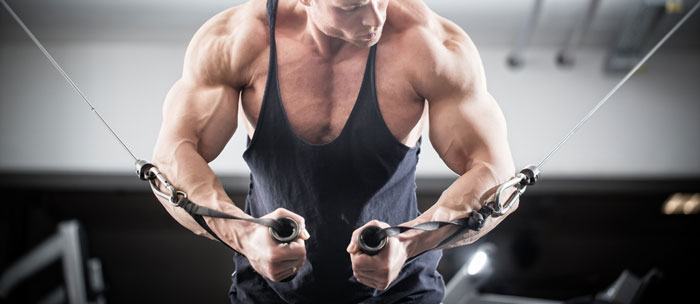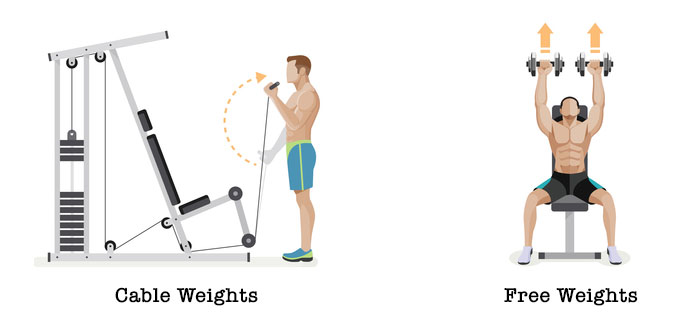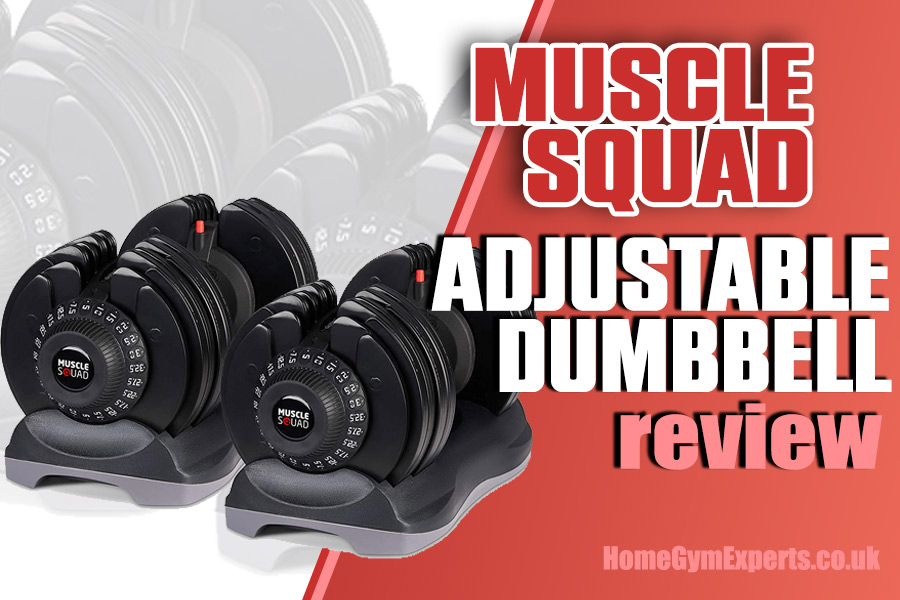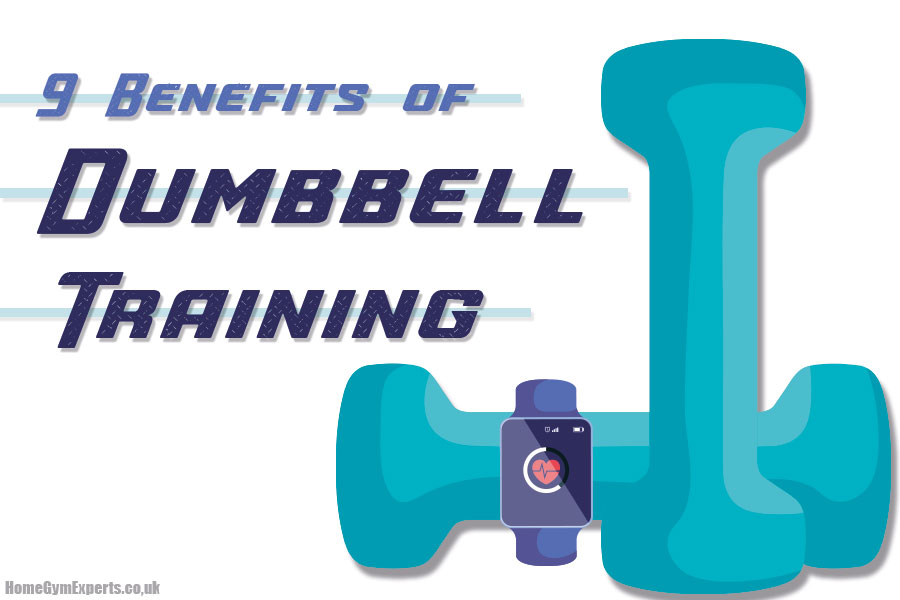
In this guide, we’ll be looking at what’s best for your training – cables (including resistance bands) or good old free weights like dumbbells and barbells.
Are cables better than free weights?
Cable weight machines are one of those things that seem quite intimidating when you first start training in a gym. A dumbbell or barbell, on the other hand, is very straightforward and almost instinctive to use. Pulley machines offer a good alternative to free weights and help to shake up tired workout regimes. You can also achieve a better time under tension using cables.
Most people gravitate towards free weights when they start lifting.
Once they get comfortable with the mechanics of curls and presses, however, things get a little dull. After all, no matter how much you spice up a curl it is still essentially the same move.
In this post, we are going to lay out some of the main benefits of pully machine training, their edge over free weight training and give some practical advice for adding them to home gyms.
What are free weights and cables?
If you’re new to gym-speak, free weights are just any kind of weights that are not attached to anything else. Mainly dumbbells (hand weights) or barbells. Cables refer to gym machines that use pulleys, cables and a weighted stack. On the end is a handle grip that you grab and then perform any number of potentially hundreds of possible exercises.
They’re normally found in commercial gyms although you can buy them in different forms for home use too. The futuristic NordicTrack CST Fusion is a good example of one you can get for your home.
What are the real benefits of using cables over dumbbells & other weights?
If you’ve not discovered the joys of cable machines in your workouts, here are some of the reasons I like using this kind of resistance training.
- You’re not bound simply by gravity – Dumbbells are one of the most versatile bits of kit you can get in your home gym, but you might have a job holding one out in front of you and performing a kind of punching motion. You can do that with cables – and a zillion other ‘weird angle’ exercises too. You can pull down, push out, pull across and complete a range of exercises that just aren’t possible lifting a blog of metal up.
- It’s easier to work different muscle groups – Hear me out. Because I love my dumbbells and barbell workouts but with a bit of know-how you can really pick any muscle group, without a bench and use your cable machine to train it. Forearms, triceps, chest, back (even abs, with a bit of creativity) can be trained easily with them.
- You don’t have to pick them up – Depending on what kind of machine you’re using, multi-gym, dedicated cable machine etc, you can normally set the perfect height and start working out, no bending down to pick up the weights. Don’t know about you, but I’ve injured myself so many times picking the damn weights up. Cables are much more forgiving in this regard.
- Change weight in tiny or large increments – Unless you’ve got a lot of dumbbells, or a fancy pants adjustable set, it’s not always easy to increase or decrease weight but small increments. Cables are great at this. Just shift the pin down a notch, or add a smaller half-weight increment on the top of the stack and you’re good to go.
- They’re so smooth – You have an incredibly smooth arc of motion that’s great for your body because you’re not awkwardly hoisting a dumbbell into position and you’ve got this perfect balance of weight throughout the movement. Even if you have to let go fast, it’s safe to do so and although the weights might not like it, it’s a lot less dangerous than dropping a dumbbell on the floor.
Are cable machines different or better than other gym machines?
It’s worth mentioning that cable machines are definitely different to other kinds of fixed gym machines such as the bench press, shoulder press. Doing any kind of exercise on a cable-based machine has the added benefit of requiring some stability, whereas a fixed machine will normally only move in a limited straight line, focusing on fixed motion.
Are cables better for safety?
It might be unconventional to talk about the health and safety features of cable machines before the training benefits, but we cannot stress enough how safe these machines are in comparison to free weights. If you have even injured yourself through training then you will recognise the importance of this.
Cable training will naturally guide the user into the correct form when performing reps, thus lessening the risk of injury through improper technique. The system of pulleys reduces the impact of the weight on the joints, thus making it a low impact form of strength training.
This is why it is ideal for anyone with pre-existing conditions or age-related joint problems or…anyone who wants to protect their joints! Cables are so safe they are even recommended for use in rehabilitation. The pulleys smoothening of each rep also makes it an overall more pleasant feeling rep.

A gym buddy is not necessary with a cable machine because of the pulley system, solo training is perfectly safe. This makes it a better option for a home gym where there is unlikely to be anyone to spot you.
Related Guides
- Best Battle Ropes For Home Gyms
- Are Resistance Bands Good For Strength Training?
- Water Filled Dumbbells Review – A Good Portable Free Weight Solution?
- How To Build Biceps At Home Fast
- NordicTrack Fusion CST review
Cables vs free weights: what’s the difference?
Turning now to fitness-focused benefits, if we compare cables to free weights, it might surprise you to know that a cable machine can be used to perform all of the same moves you would do with free weights. Whether you want to smash out some Arnold presses or do some curls, cables have you covered.
Cables will even improve the performance of some moves – specifically, circular moves. Due to the fact that free weights are constantly under the force of gravity, circular moves involve a variable resistance level that trains the muscle unevenly.
As we know, resistance is necessary for muscle growth, so we want a high resistance all-around. Cables create a constant resistance that free weight cannot match. Cables also allow you to isolate a specific muscle or part of the muscle and develop it with precision.

The following are some examples of moves that can be performed using free weights or cables, but which we think are more suited to cables:
- Pullovers – Great for isolating the lats without engaging the biceps. Cables allow you to achieve constant resistance throughout the move.
- Weighted crunches – Abs are a tough area to target sometimes, so the best approach is to really have at them! Cable crunches, specifically kneeling rope crunches, are effective because of the constant resistance.
Cable machines in home gyms
If you are interested in getting a cable machine for your home, you might be concerned that it will be bulky and take up too much space. Our experience with cables is that they are neater than they first seem.
Yes, you will need to find a suitable space to fit the dimensions of the machine, but when you are working out you remain in a fixed spot.
There is no getting out equipment or being surrounded by weights while you train, cables keep everything neat and tidy. Cable machines will often happily live outside in a shed too, this can be a good way to save space indoors. There are hardy weatherproof options out there for those of you with a garden gym.
A final thing to consider is the price tag. They certainly cost more than a single pair of lightweights! But cable machines come with a well-stocked weight range, so it is better to think of them as an investment piece that will serve you well over time.






![Are Adjustable Dumbbells Worth It? [ The Verdict ] Are Adjustable Dumbbells Worth It](https://www.homegymexperts.co.uk/wp-content/uploads/2021/07/Are-Adjustable-Dumbbells-Worth-It-1-900x600.jpg)


